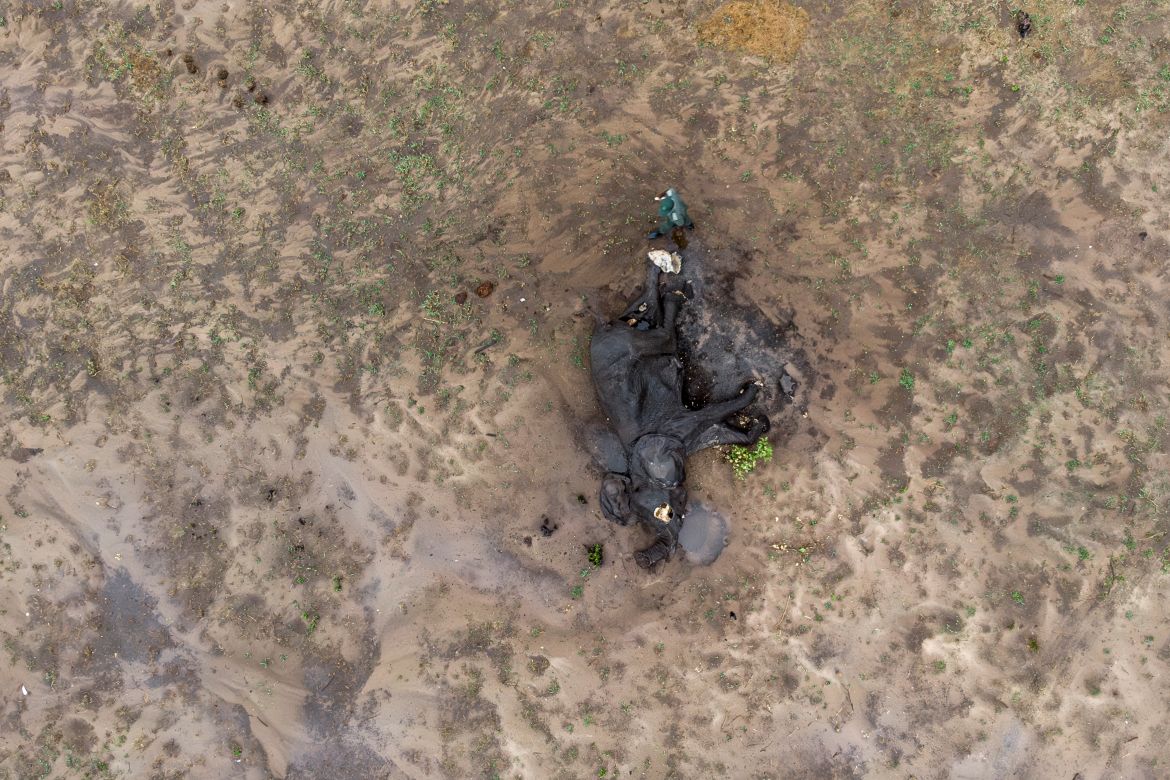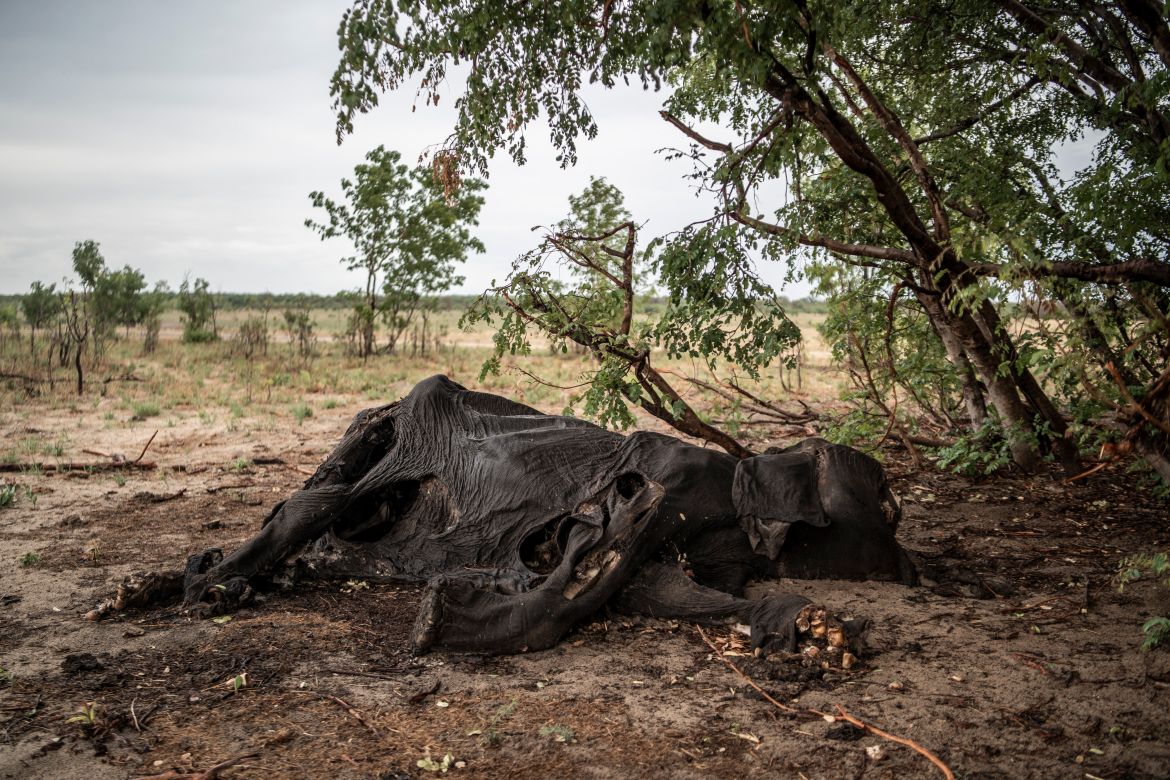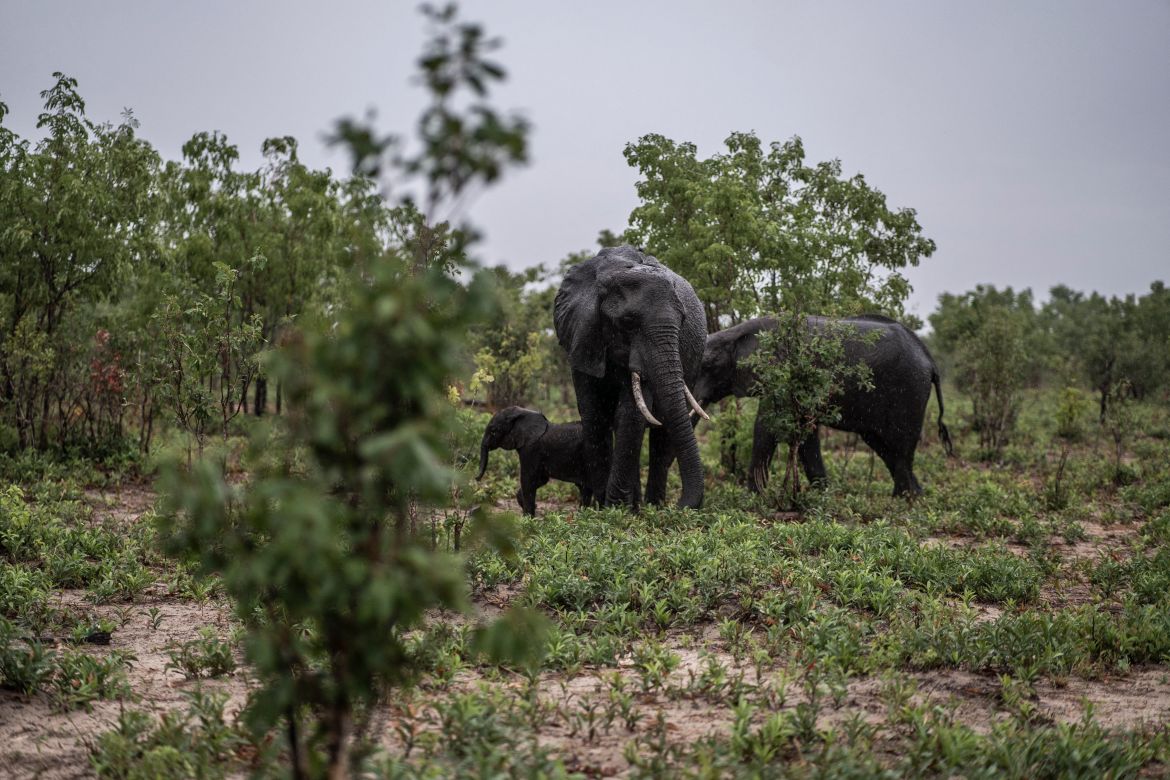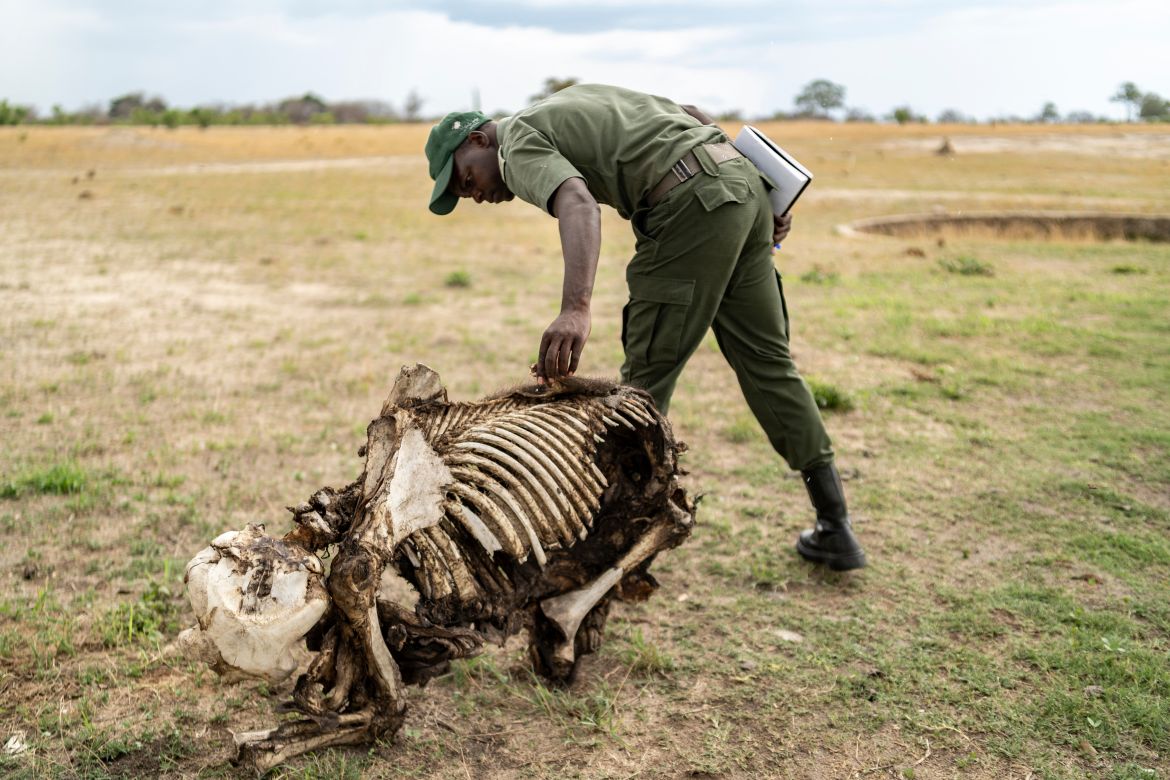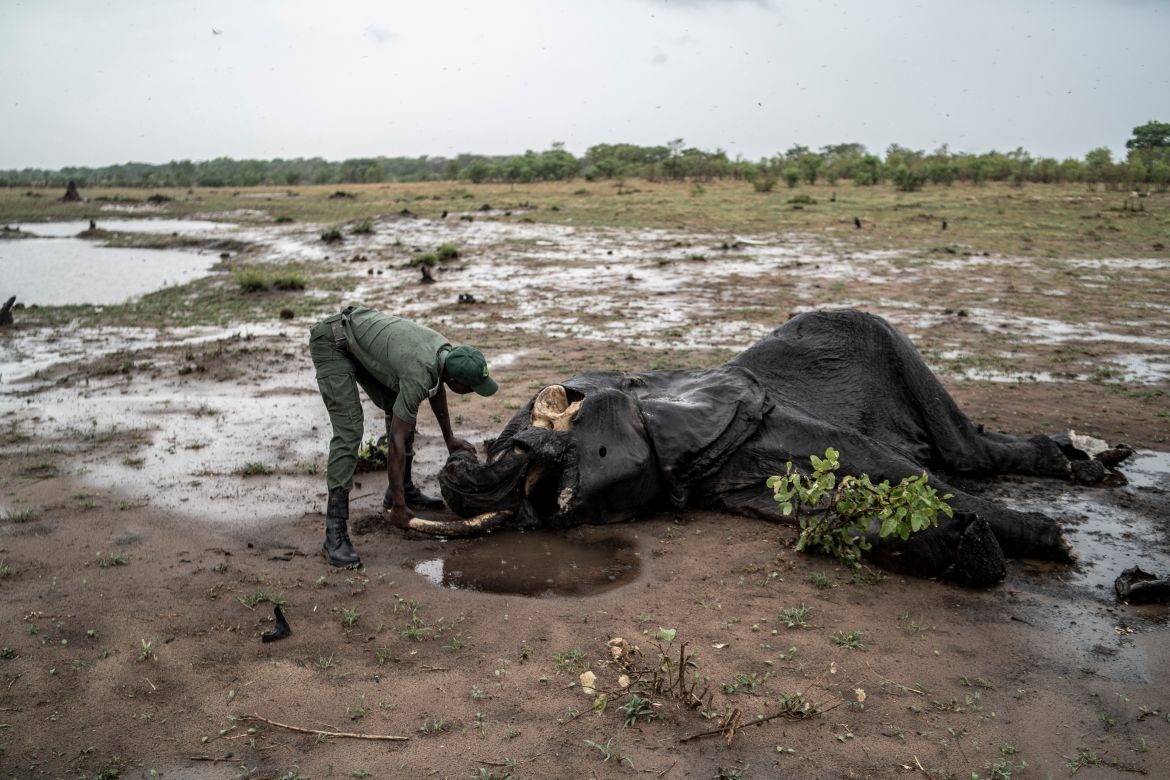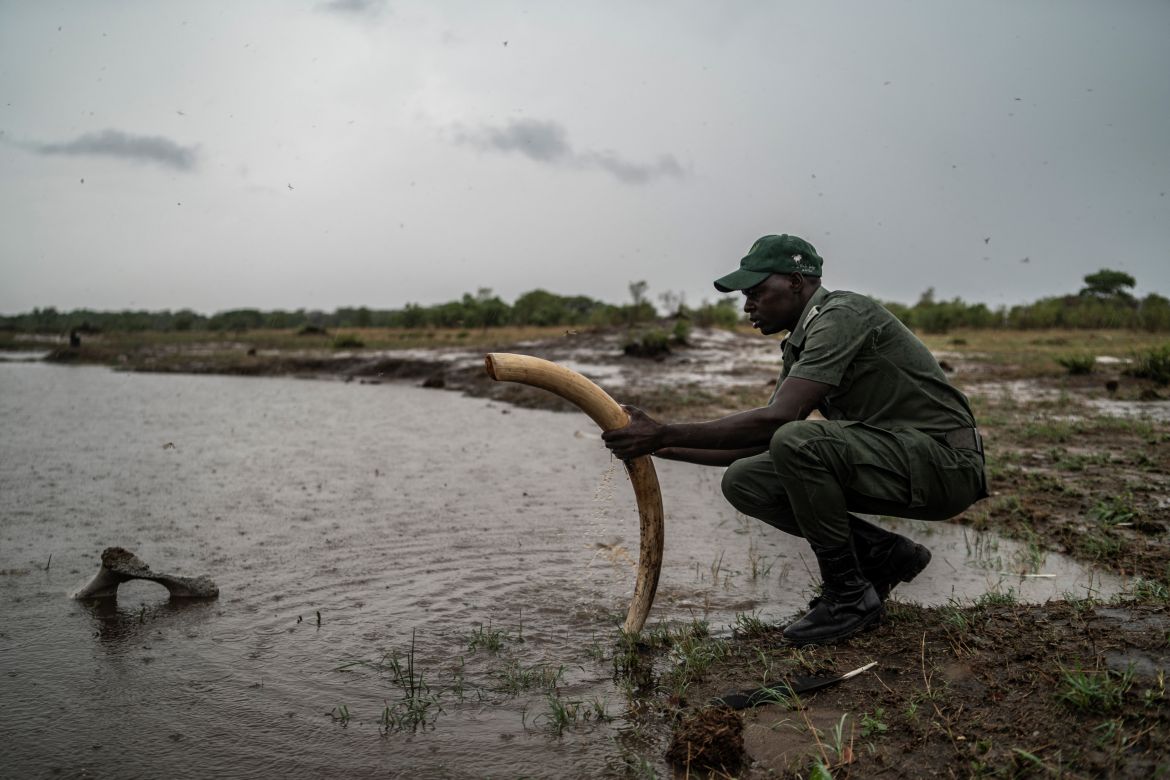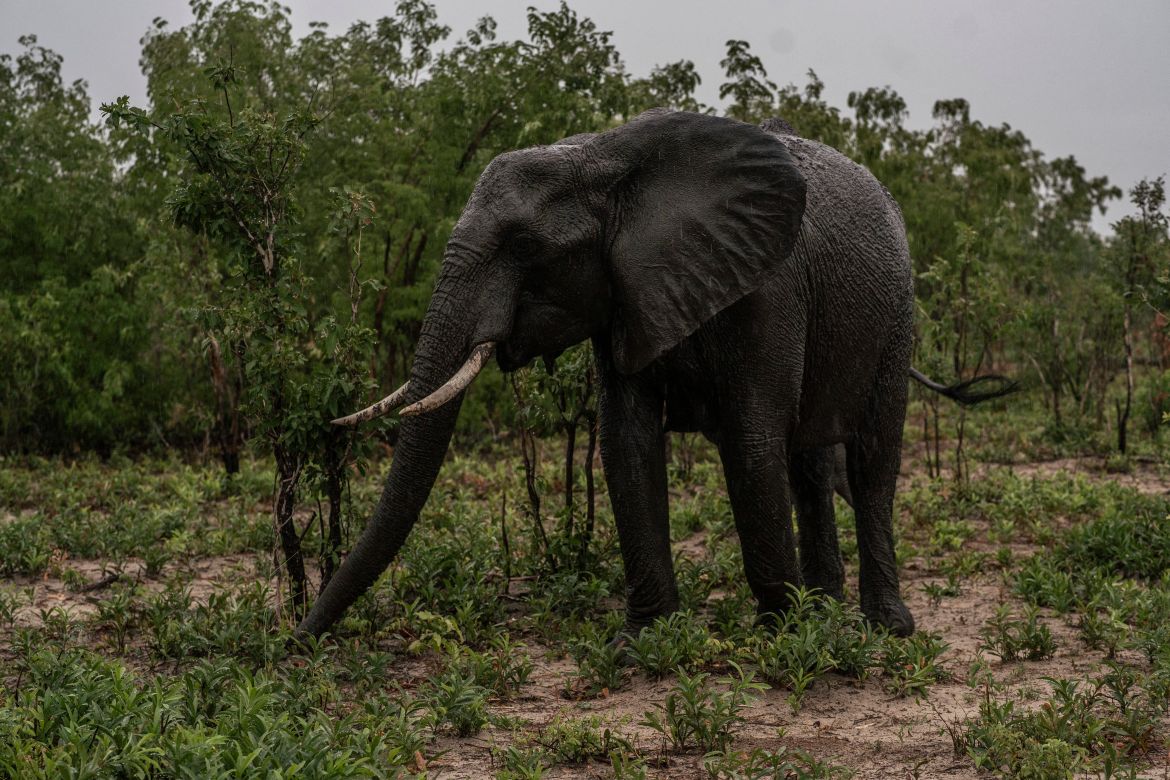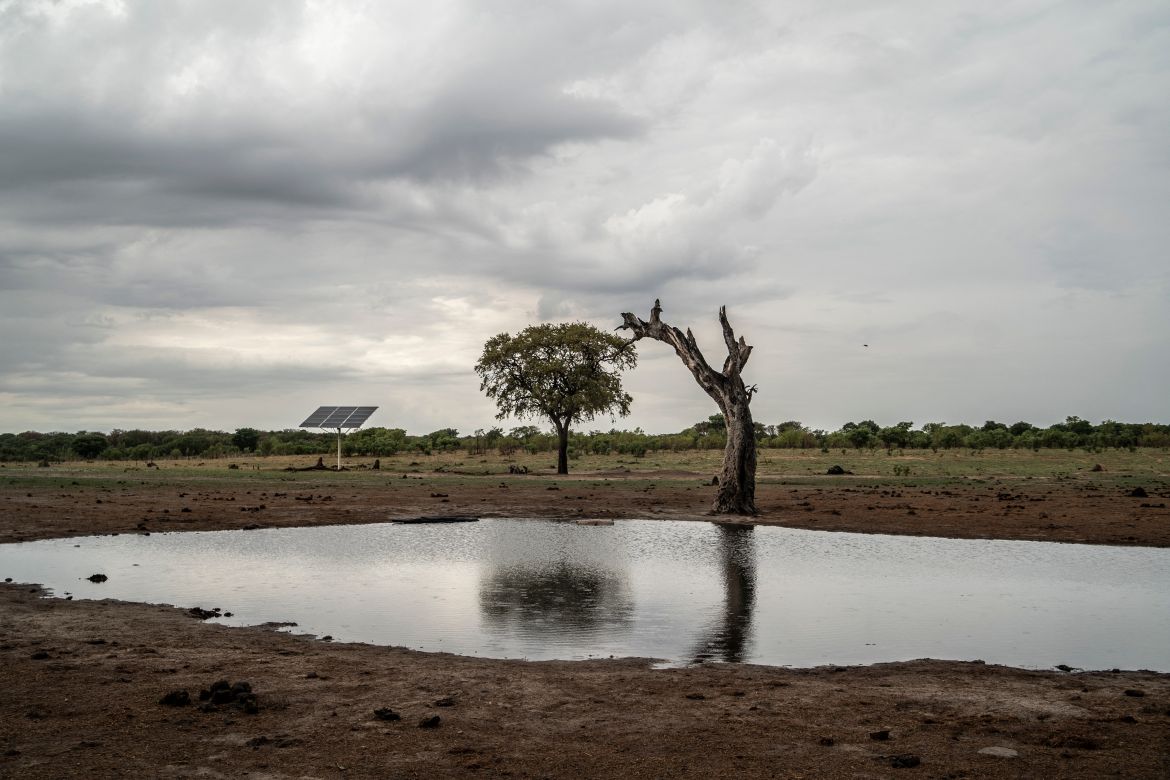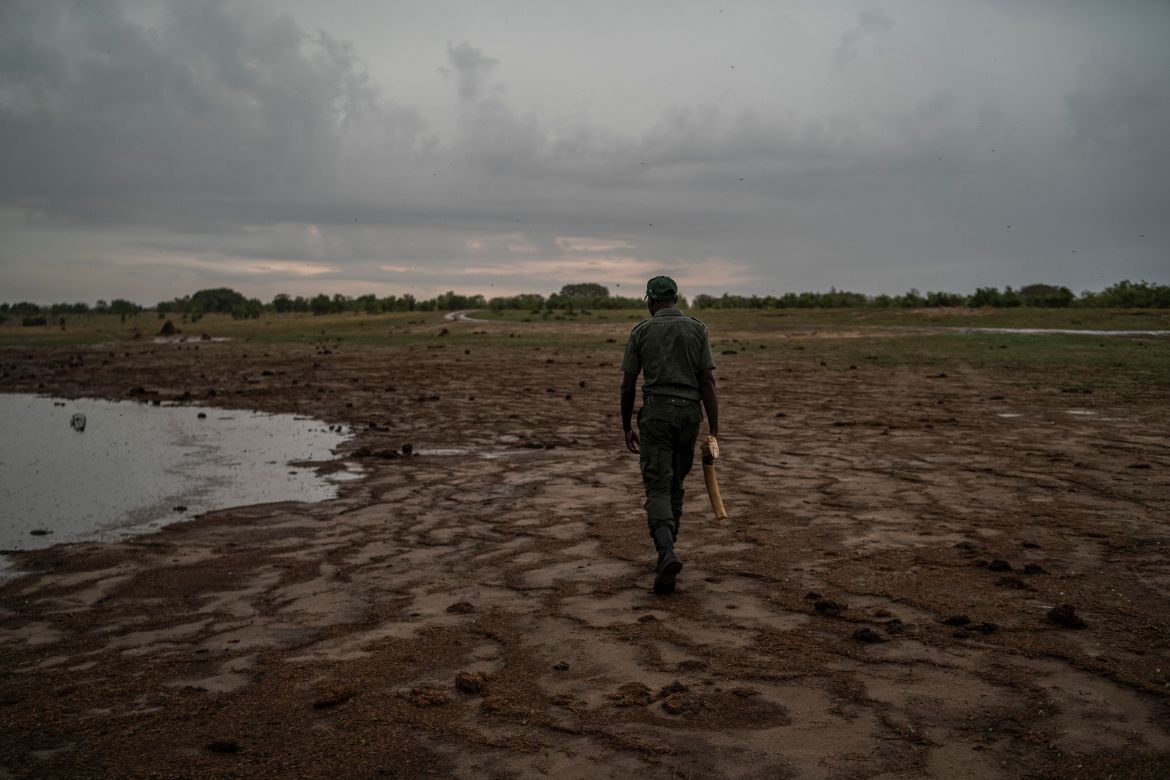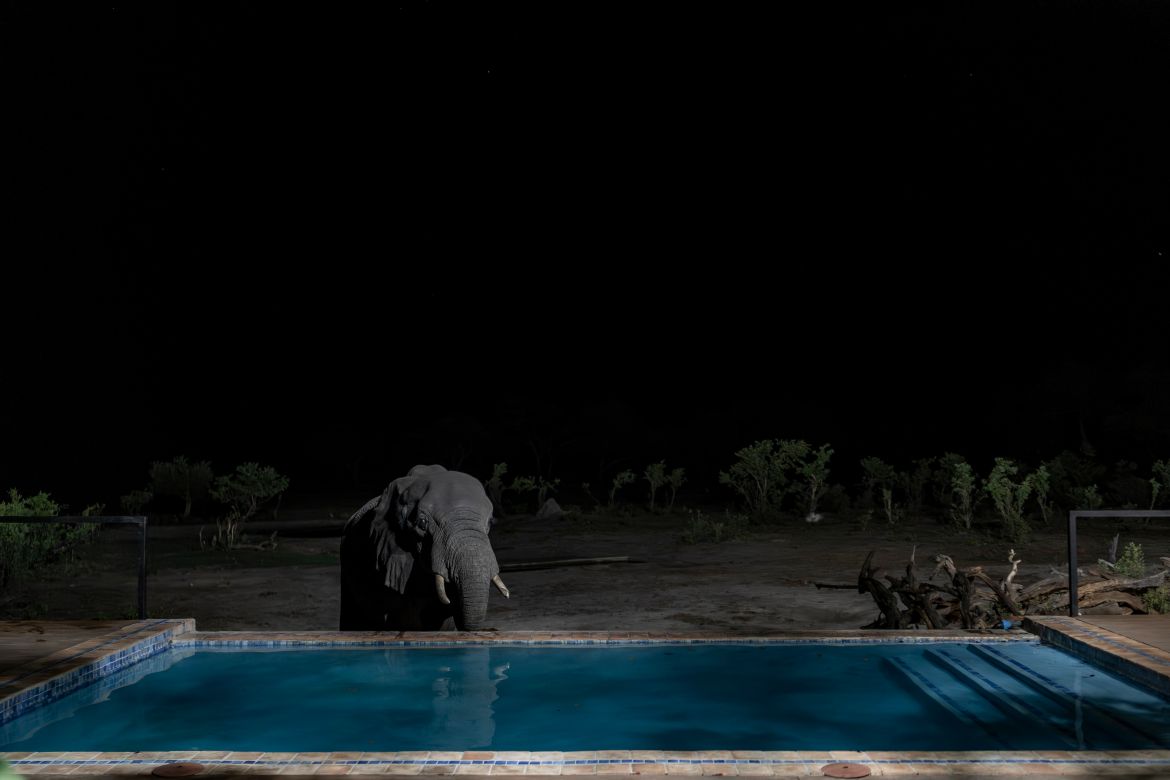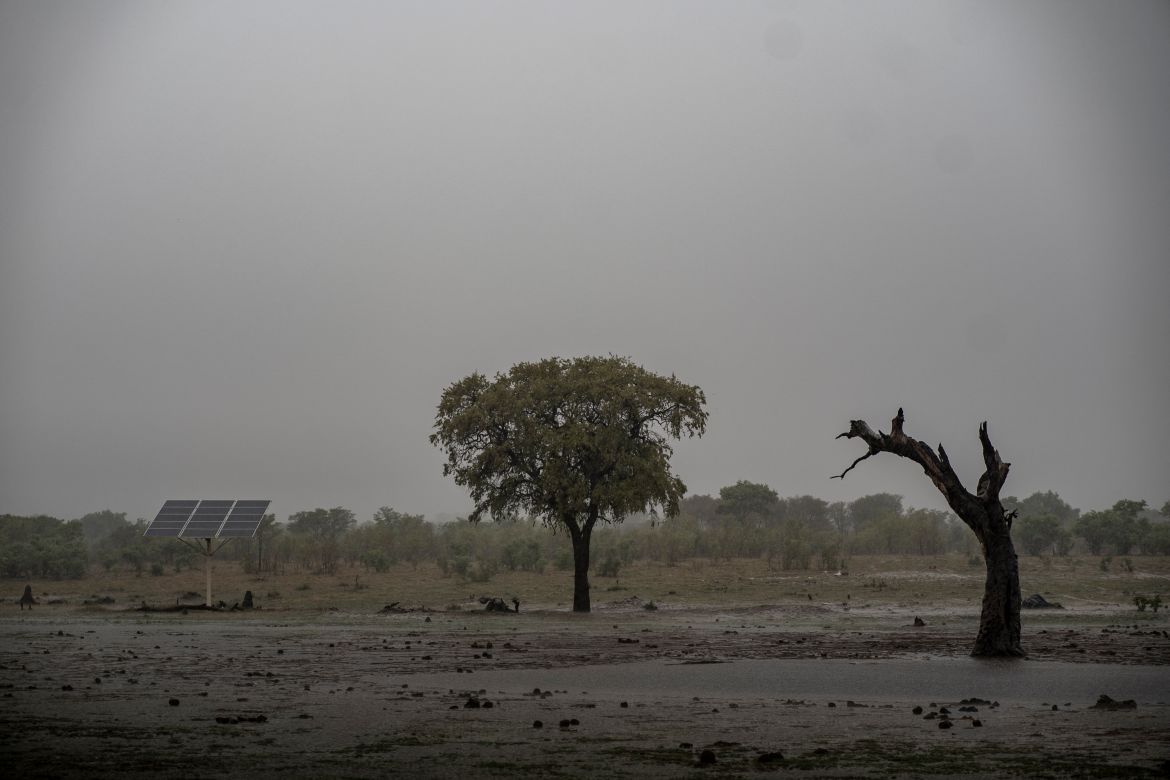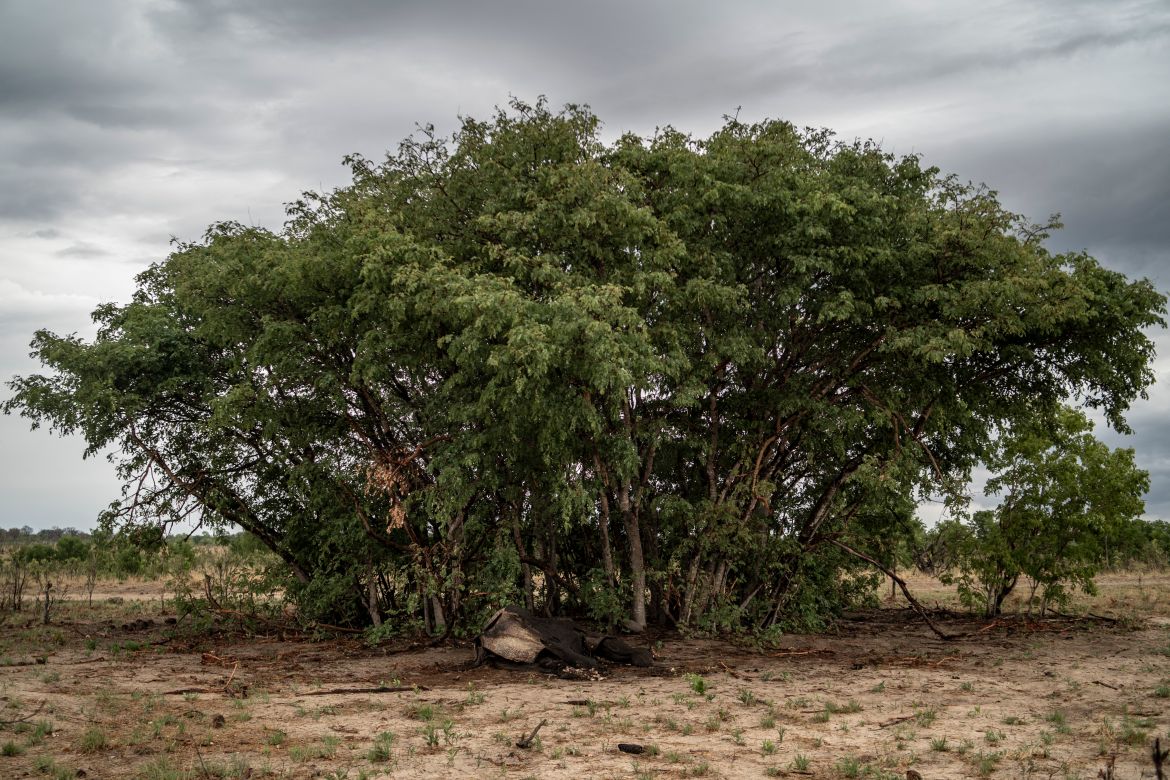In Pictures
Heartbreak in Zimbabwe park: Elephants’ desperate hunt for water
Blackened corpses scar a landscape where the rains have been more than six weeks late.
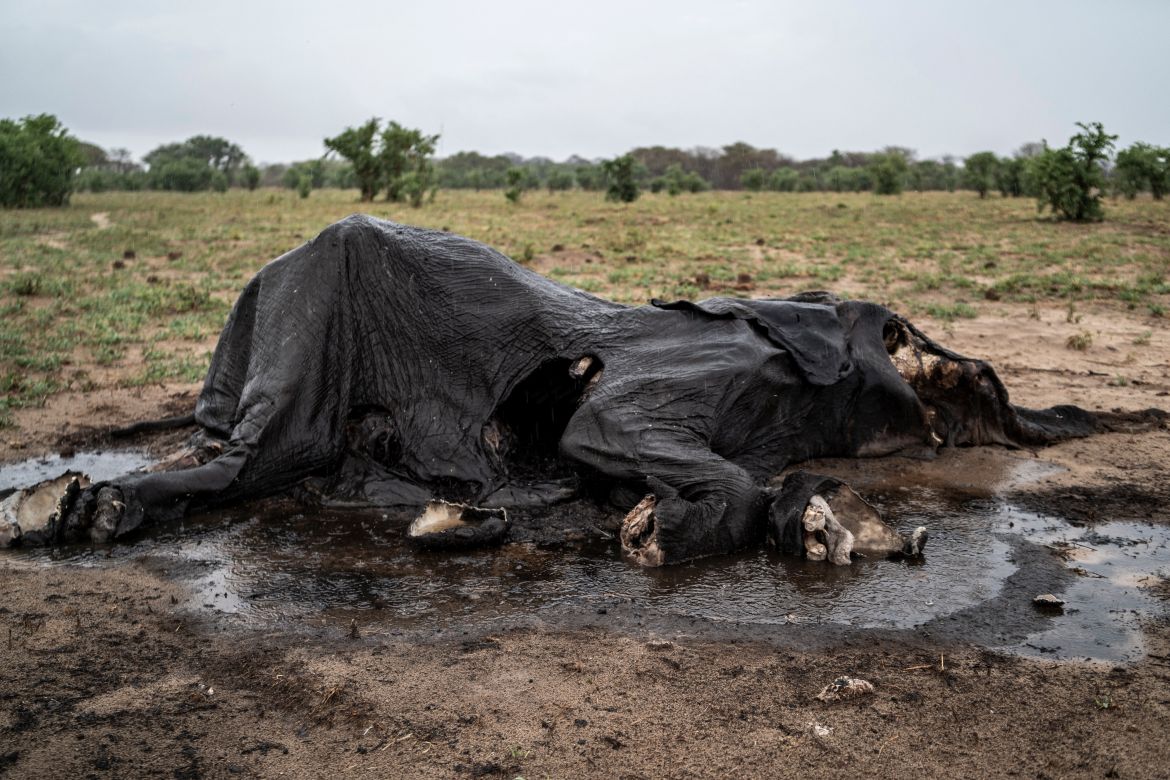
Storm clouds are finally gathering over Zimbabwe’s biggest animal reserve, but it has come too late for more than 110 elephants that have died in a searing, extended drought.
There is little that Simba Marozva and other rangers at the Hwange National Park can do except cut the tusks off the rotting corpses before poachers find them.
With the black clouds in recent days promising life-saving rains, the rangers may not find all of the victims of the drought on their daily hunts.
The 14,600-square-kilometre (5,600-square-mile) park – bigger than many countries – is home to more than 45,000 savanna elephants, so many that they are considered a threat to the environment.
The scene is still heartbreaking.
Blackened corpses scar a landscape where the rains have been more than six weeks late and scorching temperatures have regularly hit 40 degrees Celsius (104 degrees Fahrenheit).
Tinashe Farawo, spokesperson for the Zimbabwe Parks and Wildlife Authority (ZimParks) said “the old, the young and the sick” have been worst hit.
Some have fallen in dried-up waterholes, some spent their final hours in the shade of a tree.
Many are infant elephants – but all that is left is the shrivelled skin over the rotting carcass.
The intact tusk is a sign that it was a natural death. But there is a heavy stench around the elephants, which has attracted growing attention in recent years.
